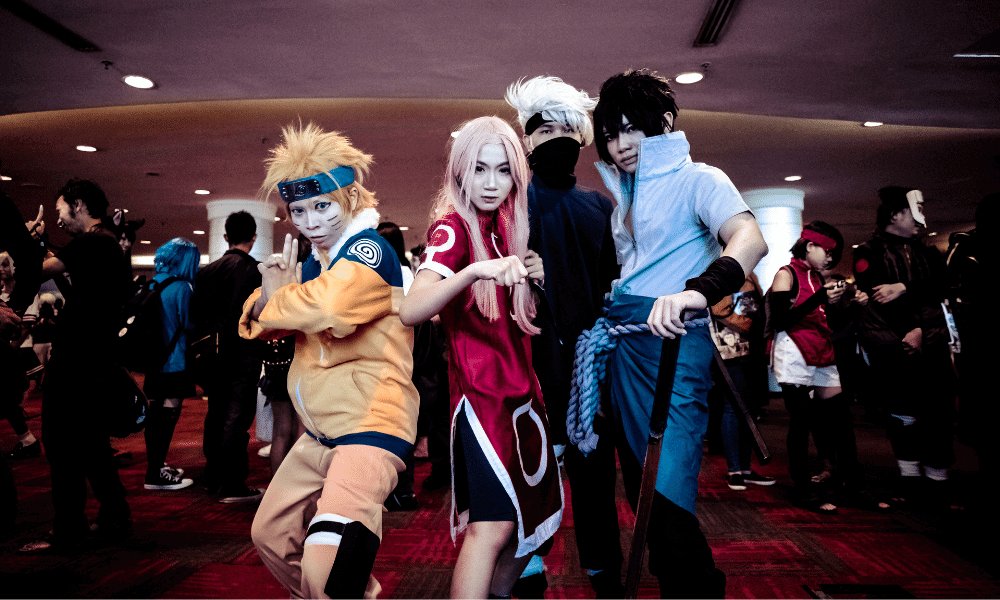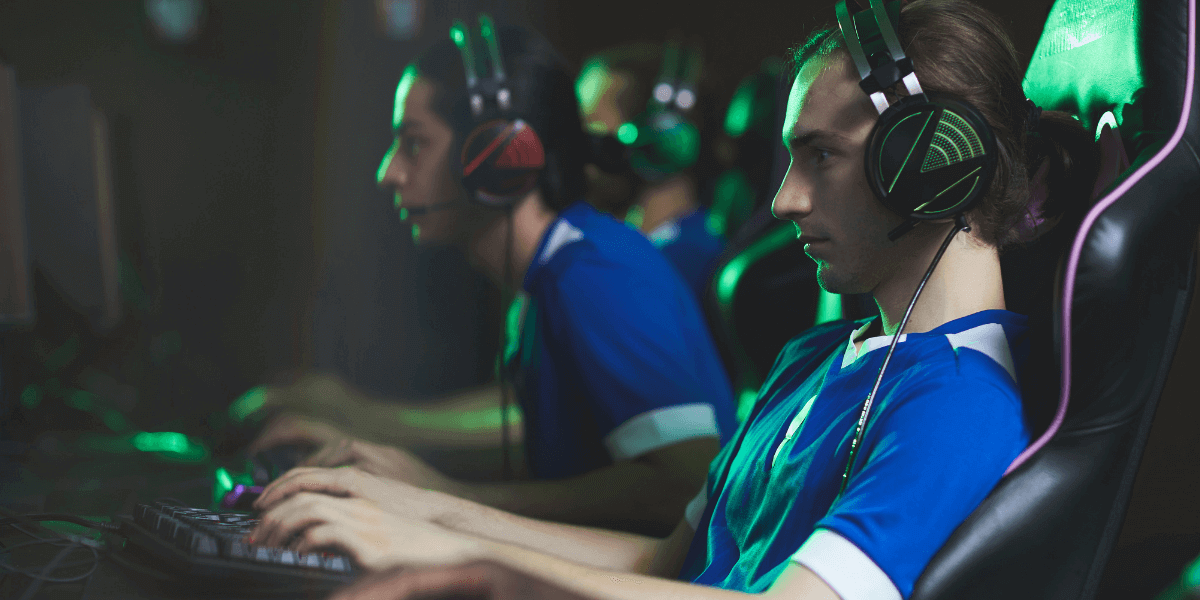
Last Updated on March 8, 2023 by EarthTechy Staff
Sometimes coming up with new ideas does not feel easy. I suppose you’ve been through that too. As artists, you are meant to be creative, but you also have a lot of other stuff to do. We must have good fundamentals, master techniques, and have a unique style. Many of us get so immersed in the serious part of training that suddenly approaching a creative problem might feel like a challenge of epic proportions.
We might get stuck even by now, so as much as we strive to sharpen our skills. How can we also light up that magical spark called creative fun?
Well, there are some rules we can play to shift ourselves into a more creative mindset. So, today I’d like to share with you four strategies when coming up with ideas for cartoons and comics. They usually help me, and hopefully, they might do the same for you.
1. Be Prolific
An artist is tearing at a blank canvas, sound familiar? Let’s take a closer look. It seems that their brain is working, trying to be creative. Let’s look even closer.
See a lot of ideas in there, but they’re still locked in, waiting for that little door to open.

When the door is opened, the artist is compelled to grasp that idea with all their power and turn it into an art piece as skillfully as possible.
- But is this one idea worth it already?
- What about all those other ideas?
Should they get a chance?
Ideas are connections our brains make, and they make a lot of connections daily. Not all connections are necessarily creative, and since our brains are great at optimizing tasks. The first ideas we think of are usually the ones that require the least amount of thinking effort.
Thus probably the more common or obvious ones, the ones that probably won’t lead us to our most creative work. We might get lucky sometimes, but creative thinking takes time to brew more often than not.
So what do we do? Well, we don’t grasp. We take it easy.
Acknowledge that first idea as one of the possibilities. Set it aside. You can write it down to keep a record, and then we let the brain keep working so that other ideas may also come out.
In other words, we aim to be prolific and teeming abundant. Thinking creatively is often about having a lot of ideas. It is not rare for the more creative ones to be way behind in line.
See Also: How to Get Noticed as a Cosplayer and Build Up Contacts
2. Let It Follow
The second and probably most important thing is to be open. We often judge ideas within a spectrum of good and bad but doing this too soon can smash creativity and shut us down to possibilities.
So, in brainstorming, the best we can do is try to dial down that inner judge and instead cultivate the natural thinking process, the good ideas, the bad ones, the weird or silly ones, and even the ones that don’t make a lot of sense.
Just let them all flow in, they’re all part of the process, and none of them is a final statement yet. They’re all still just feed stump. Later on, we can make time to be selective and decide which one or which ones we will develop but at this early stage, how we judge our ideas doesn’t matter much.
Brainstorming is simply about making the ideas happen.
3. Mess Around
Creativity is often about solving problems. Most adults want to be practical, objective, and efficient when it comes to problem-solving. It makes sense.
But, the thing is, our creative minds usually thrive with a more childlike approach. Yes. You’ve been a kid before. Do you remember how good it was to play and have fun with your stuff?
Well, play is the field for creative thinking. Kids play all the time and have sort of a natural drive for creativity as neuroscientist Paul King answered on Quora.
For adults, the key is to redeem that sense of playfulness when we want to get creative. Yes, I know it’s not always easy. We have demands, deadlines, goals, and a far more powerful ability to be self-critical, but here’s a good place to start.
Instead of going to the first solution.
Take just a bit to ramble, get curious, speculate, and ask what if we start to mess around, shift things, and mix them up. It’s common for ideas to appear.
Also Read: The Good and Bad of Video Games on Your Health
4. The Semiotic Blender
It’s time for Number four. Our ultimate creative idea-generating hack: the semiotic blender. Semiosis is our ability to associate things and generate meaning. The semiotic blender is a simple exercise that can help us take different concepts and combine them into a new mix.
Here’s how the exercise goes:

Pick two or three random words from the image above.

These words are the starting point.

If we have freedom, it’s usually more interesting if the words are somewhat unrelated.

Think of several ways these words can be combined, merged, and blended to become a drawing. Feel free to mess around, remember to be prolific, and let it flow.
Take notes of everything. If you like, you can do quick little thumbnails. Some people like to use mind-mapping techniques. I find it best not to start drawing yet but simply write down my ideas as a list on paper or in a note-taking app.
Just do it in a way that helps keep your stream thoughts flowing.
Now let’s see how this works in practice. I’m going to pick some random words for me.
The words I have are rabbit, dress, and precious.
Now I’ve turned them into a drawing, right?
The first thing that comes to mind is a rabbit wearing a dress and jewelry full of precious stones. Maybe this could already become a fun drawing.
But just for fun, and since we’re trying to be creative and look for less obvious solutions here. Let’s take this further and apply the other things too.
Open minds, play around a bit and have other ideas. Perhaps, imagining stories might help. Let’s say the rabbit is a king wearing fancy props.

Or a robber, hiding a stolen diamond.

Or what if it’s the Easter bunny? He could be chilling after long working hours.

That’s nice. I like the variety of ideas and situations.
Although I’m noticing that the word rabbit has always been used as a character, let me see if I can deliberately steer this in other directions.
What if the siblings show up on Halloween?

I wonder if I could find even less obvious blends. Let’s keep going on with that in mind.
Maybe it’s about an incident at the playground.

Or it could be the unexpected fondness for a specific music style.

The last one went so far.
I almost lost track of the initial prompts, but that’s how semiosis works, and it’s potentially infinite. I bet you’d come up with stuff I didn’t think of. So, we could keep going on and on; these different ideas have one thing in common. They all came from the same semantic network.

A web of meanings and concepts is associated with dress, rabbit, and precious. Some combinations are a bit more obvious and more immediate as shown below.
While others are more metaphorical and sometimes even diverge from the starting words. Yet somehow are prompted by them. Now you may say I don’t like that idea.
See Also: How to Be Self-Employed Legally
Well. Okay, but remember that deciding which ideas we like and don’t should be a different part of the process. When we want to generate ideas, the best we can do is to put the judge on hold and welcome everything.
Generating ideas is awesome and a skill we can all practice and sharpen. If you find this interesting, go ahead and try it. Allow yourself a few minutes of some creative jam.
This guest post is submitted by Zaryab Hassan of Xvola








